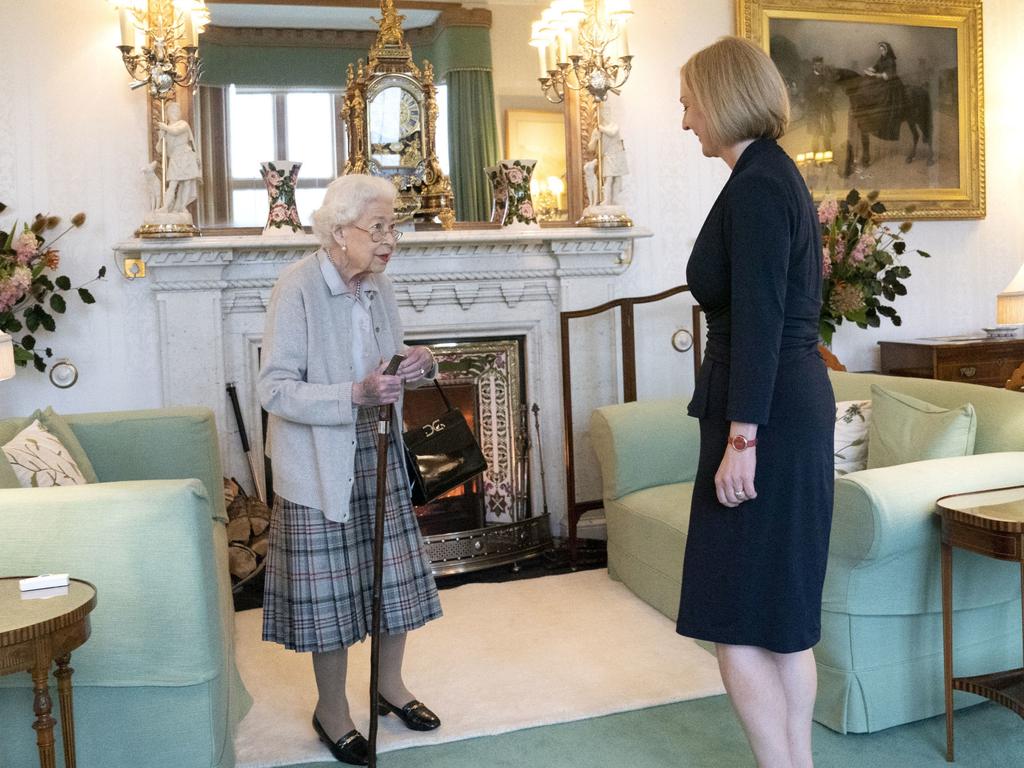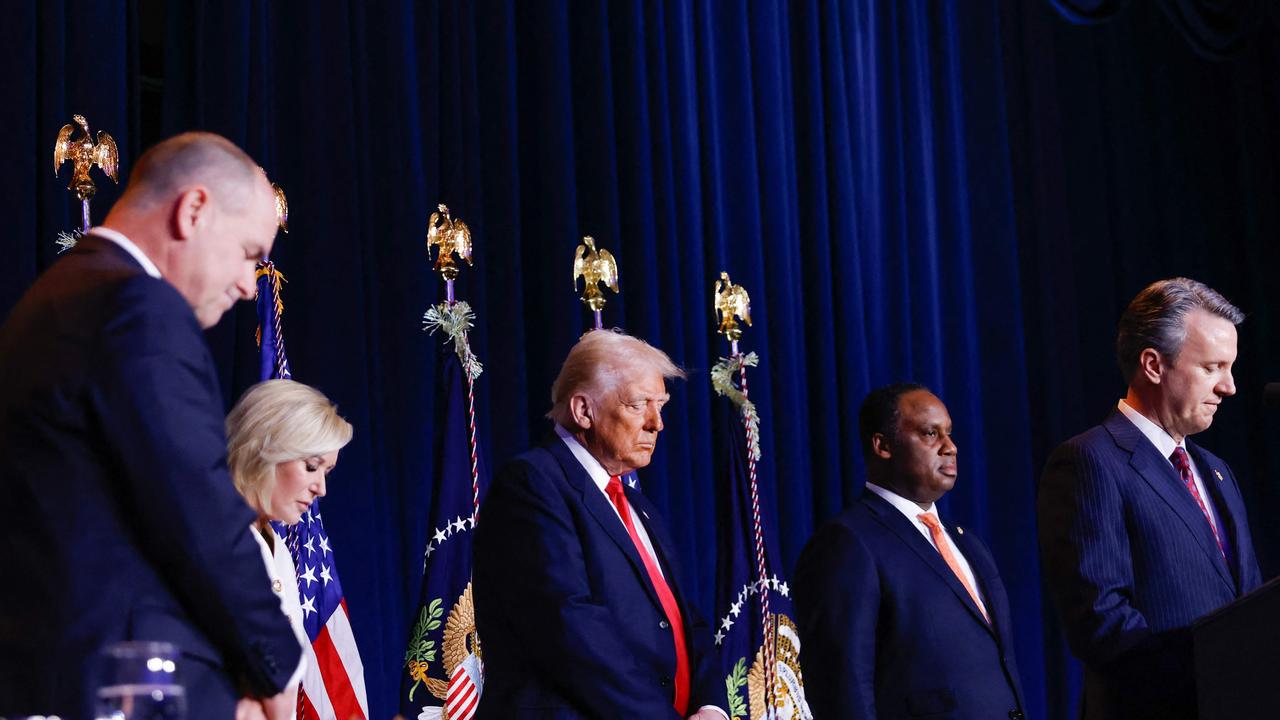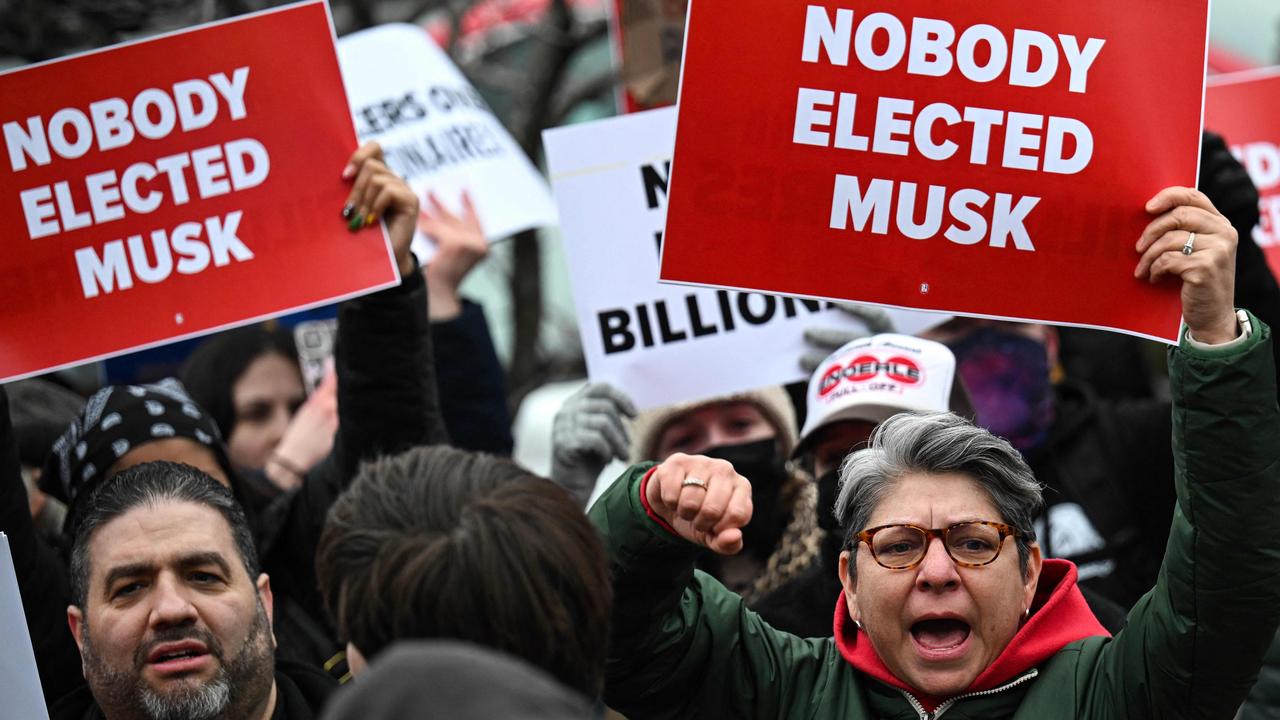King Charles III begins his reign with a pledge to emulate Queen Elizabeth II
The new king was formally and publicly declared in a ceremony in London, at which he vowed to emulate his mother.
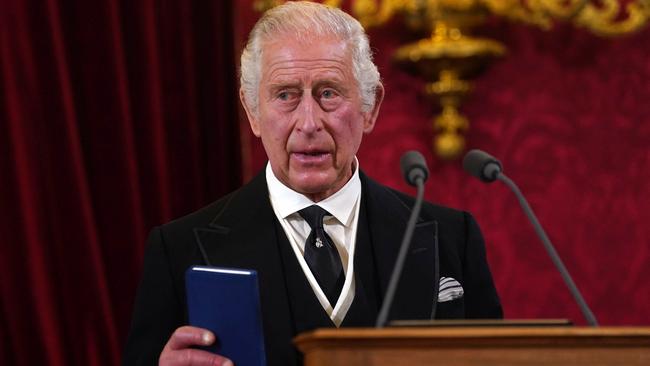
Australia has a new officially proclaimed King.
King Charles III, was formally and publicly declared to be the King of the realm in a ceremony at London’s St James’s Palace.
The Accession Council proclaimed Charles III King after hearing a formal announcement of the death of his mother, Queen Elizabeth II. Charles then promised to emulate his late mother’s example and serve for the rest of his life as monarch.
Charles spoke after the proclamation of the late Queen: “My mother gave an example of lifelong love and of selfless service.
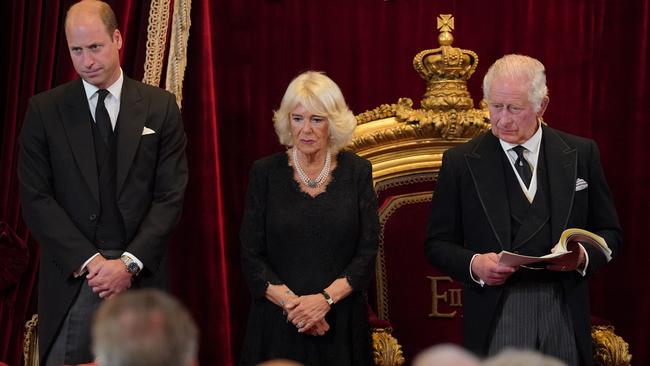
“My mother’s reign was unequalled in its duration, dedication and devotion. Even as we grieve, we give thanks for this most faithful life. I am deeply aware of this deep inheritance and of the grave duties and responsibilities which are now passed to me.”
The council, televised for the first time, is a centuries-old formality to recognise the new king’s sovereignty even though he automatically became monarch after the queen’s passing.
The 73-year-old Charles officially took his vow as the new king, saying he was “deeply aware” of the “duties and heavy responsibility of sovereignty”.
Privy Councillors including current Prime Minister Liz Truss and all of her living predecessors, Charles’s wife Camilla and his eldest son and heir William attended.
Charles said his mother, who died on Thursday in Balmoral aged 96, “gave an example of lifelong love and of selfless service” that he promised to emulate.
“I know that I shall be upheld by the affection and loyalty of the peoples whose sovereign I have been called to be,” he said.
He added he was “profoundly encouraged by the support of my beloved wife”.
New King celebrated
Shouts of “God Save the King”, the playing of God Save the King, and gun fired royal salutes and loud trumpeting greeted the news.
The raising of military hats and “hip hip hooray” was followed by loud clapping and cheering from the nearby crowds.
Australia’s acting high commissioner to the United Kingdom Lynnette Wood was one of scores of members of the Accession Council, signing the legal authority for Charles III to be King at St James’s Palace in central London
Ms Wood, a long time diplomat, has been holding the fort at Australia House in London since George Brandis finished his tenure shortly before the last Federal election.
Saturday’s short standing up proclamation of the new monarch involved a two part ceremony.
Firstly the accession council - made up of former prime ministers, Lords and Commonwealth High Commissioners and the Lord Mayor of London - was informed of the Queen’s death, and then it approved the new King.
In the second part, Charles was then brought into the Privy Council meeting, accompanied by Queen Camilla and the Prince of Wales, where he signed an oath to uphold the security of the Church of Scotland - a constitutional requirement dating back to the 1707 Acts of Union, and approve orders.
In his declaration speech the King pledged he would follow the inspiring example of his mother and submit to “lifelong love and selfless service”.
The proclamation was signed by the more than 200 privy counsellors, which included Ms Wood as well as Prince of Wales, the Queen, Lord President of the Council Penny Mordaunt, current British Prime Minister Liz Truss and several former British prime ministers and the Archbishop of Canterbury, Justin Welby.
Thousands gather for historic ceremony
With mobile phones head aloft to try and record this moment in history, thousand of onlookers crowded around one of the second of several proclamation sites, the Royal Exchange in the City of London.
This near six centuries old centre of trade is where tourists, Londoners and people from the countryside on Saturday flocked to witness a very special moment in history.
The earlier St James’s proclamation was difficult to get into with heavy security and limits on numbers, but the streets near the Royal Exchange, near Bank was open to all. Which is the very point of the public proclamations: to let every one of the King’s subjects know of his accession.

After the final hip hip hooray and during the final procession, led by the The Company of Pikemen and Musketeers and the band of Honourable Artillery Company, many in the crowd put down their phones and applauded in excitement.
Among the heaving crowds were many young people, who wanted to soak up the historic day. Tourists, shut-out of the usual royal attractions because of the period of mourning, instead found themselves witness to the official transfer of monarchal authority.
One man speaking in very excited French on his phone was overhead as he headed back through the throngs of people toward Buckingham Palace: “A new King, yes the King. I came to see the Tower of London, but it’s shut. Hey, I’ve seen the new King, I know that makes you so very jealous.”



